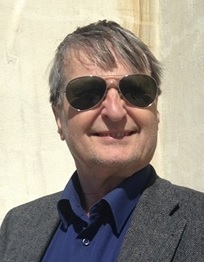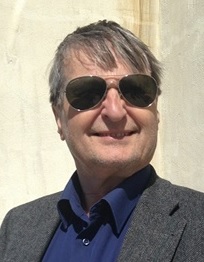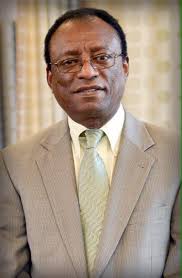Keynote Forum
Stylianos Kapetanakis
Assistant Professor, Spine Department and Deformities, Interbalkan European Medical Center, Thessaloniki, Greece.
Keynote: The role of Full-Endoscopic Spine Surgery in Lumbar Disc Herniation surgical treatment: Routine and complex cases
Time : 09:30-10:00

Biography:
Dr. Kapetanakis is an Orthopaedic Surgeon-Spine Surgeon and Assistant Professor of Anatomy in Democritus University of Thrace, Greece. He has his expertise in Minimally Invasive Spine Surgery (MISS) and is the director of South East Endoscopic Spinal Center in European Interbalkan Medical Hospital in Thessaloniki, having performed more than 450 such surgical operations to date. He actively participates to conformation and development of MISS by enriching medical literature with his original research. After years of teaching and performing the innovative MISS techniques, he is established as one of the primary representatives of MISS in Europe.
Abstract:
Statement of the Problem: Lumbar Disc Herniation (LDH) represents a frequent spine disorder in clinical practice. Conservative treatment constitutes the first step in the therapeutic strategy. Nevertheless, the failure of conservative management imposes surgical intervention. Full-Endoscopic Lumbar Discectomy (FELD) is considered as a beneficial alternative over the current gold standard, conventional microdiscectomy (CD). FELD may be applied by transforaminal or interlaminar route, being associated with preservation of normal anatomy and lesser perioperative morbidity over CD. Aim of this concentrative analysis is to delineate the role of Transforaminal Full-Endoscopic Discectomy (TFED) in miscellaneous clinical scenarios of LDH.
Methodology: 460 patients with LDH were prospectively studied. Recorded comorbidities included Parkinson Disease (PD) in 15 patients and morbid obesity in 20 patients. 45 patients were operated for a Recurrent LDH (RLDH) after CD, whereas 150 patients featured Lateral Recess Stenosis (LRS). 230 patients featured no comorbidities. All patients were subjected to TFED. Clinical evaluation was performed preoperatively and at 6 weeks and 3, 6 and 12 months postoperatively. Visual Analogue Scale for Leg and Back Pain (VAS-LP and VAS-BP), Oswestry Disability Index (ODI) and Short-Form 36 (SF-36) Questionnaire for Health-Related Quality of Life (HRQoL) analysis were appropriately implemented.
Findings: VAS and ODI featured a significant amelioration (p<0.05) 12 months postoperatively in patients with PD. Furthermore, VAS-LP and VAS-BP parameters were considerably improved at the same interval for patients with RLDH, morbid obesity and LRS. Regarding HRQoL, all distinct aspects of SF-36 were, in general, demonstrated to be remarkably enhanced 12 months postoperatively in all patient groups.
Conclusions: Despite recorded differentiations between the groups, TFED was concluded to be related to improved postoperative functional outcomes in various clinical conditions that may co-exist with LDH. Our analysis indicates that TFED represents a feasible and efficacious alternative in different clinical occasions, where CD conduction may be harmful.







